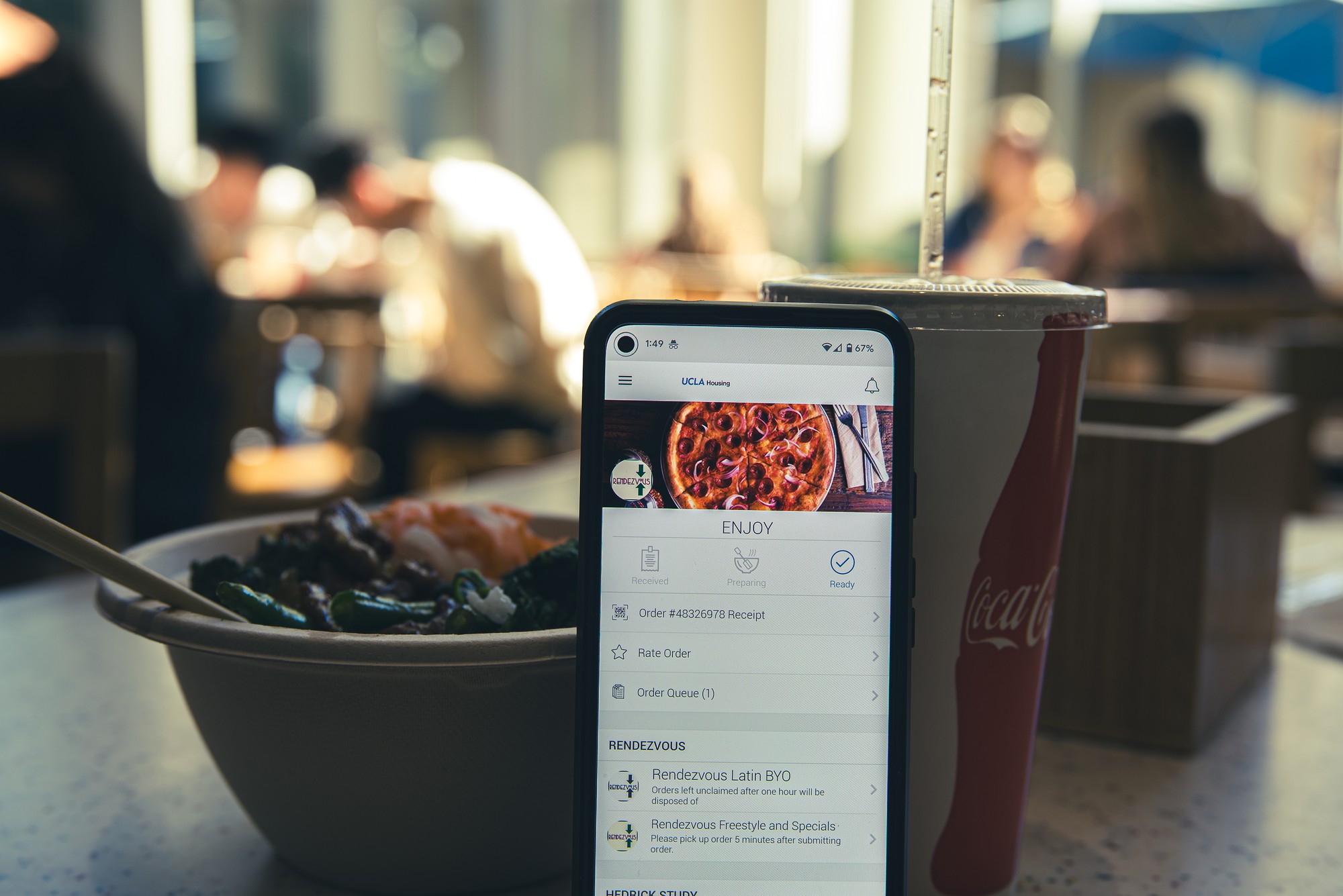As a second-year student returning to life on the Hill this fall, I was not expecting any dramatic transitions. Having experienced life on the Hill the year prior, I had my routine down. I knew what times to go to The Study for the shortest lines, what food trucks to look out for and how long was too long for a line at Rendezvous. However, I was thrown into a whole new world when I got back to campus and learned that mobile ordering was the new normal.
On my second day back, I was excited to get my first lunch of the year at The Study. Expecting to order my classic sandwich at the kiosks, I was surprised to see that the kiosks were gone. I started seeing signs that said students were now required to make a mobile order. I then realized there was a whole new system I had to acclimate to. A few first-year students introduced themselves to my friend and I while we were in line, and asked if we knew what was going on. As much as we wanted to say yes, we had no idea. It felt similar to fall quarter last year when we had yet to learn the nuance of dining on the Hill.
Although that first week of mobile ordering was a little chaotic, with some incredibly long wait times and huge crowds waiting for food, as the quarter progressed it became clear that the system had smoothed out. While these cons were apparent, pros began to emerge out of this new dining experience. All this to say: what is truly the best system?
In terms of cons, mobile ordering does require some more planning. There is much less spontaneity involved. You have to pre-plan where you want to eat, order and then time it correctly for your pick-up. If you are looking to grab something on the walk home from classes, you’ll need to order often a half hour or longer in advance to ensure your food will be ready for you.
When asked about her experience with mobile ordering, Camille White, a second-year student majoring in chemistry, said, “It’s horrific. I try to avoid all the mobile ordering places the best I can. Now I can’t order breakfast at The Study anytime after around 9:15 even though they close at 10. Last year I was able to walk in anytime before 10 and get food.”
As time has passed, a few pros have become obvious. First of all, the wait time has been reduced drastically. Before mobile ordering, getting food from a takeout location on campus could feel like an errand. Waiting in line on a bad day could be a 30 to 40 minute feat. In addition, finally ordering and waiting for food was another time-consuming step, particularly at The Study. At Rendevous, waiting in line and picking up food was a one-step process, but at the busiest times it could still take a decent amount of time out of the day.
If you time your mobile ordering well, the process of picking up food could be as time-consuming as a walk from your dorm and back. Without any lines, pickup can be as quick as a minute. When there are pick-up lines, they are nothing compared to the lines from last year, so it still feels like a quick trip.
With the quicker wait times, mobile ordering can appear more seamless, but it isn’t without kinks. Alexis Cruz, a second-year student majoring in psychology, shared her experiences with occasional glitches with her orders and said, “The system will sometimes lose your order. I once was told the wait would be 30 minutes, and it ended up taking two hours.”
Despite negative reviews, I don’t believe mobile ordering deserves to be cast out entirely as it does have its perks. Both in-person and online ordering have cons, but if the university is able to smooth out glitches and wait times with mobile ordering, they may have found their ideal system.
—
Featured Image Photographed by Julia Gu/BruinLife.

